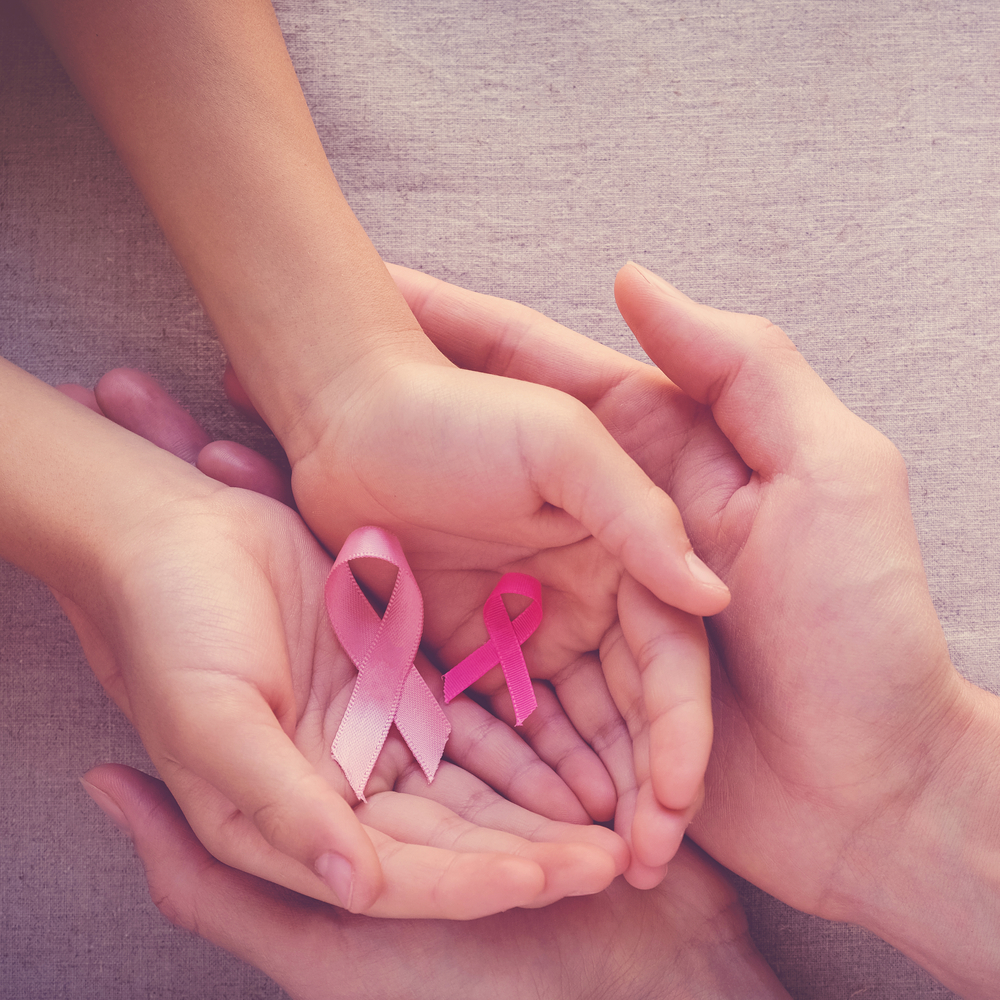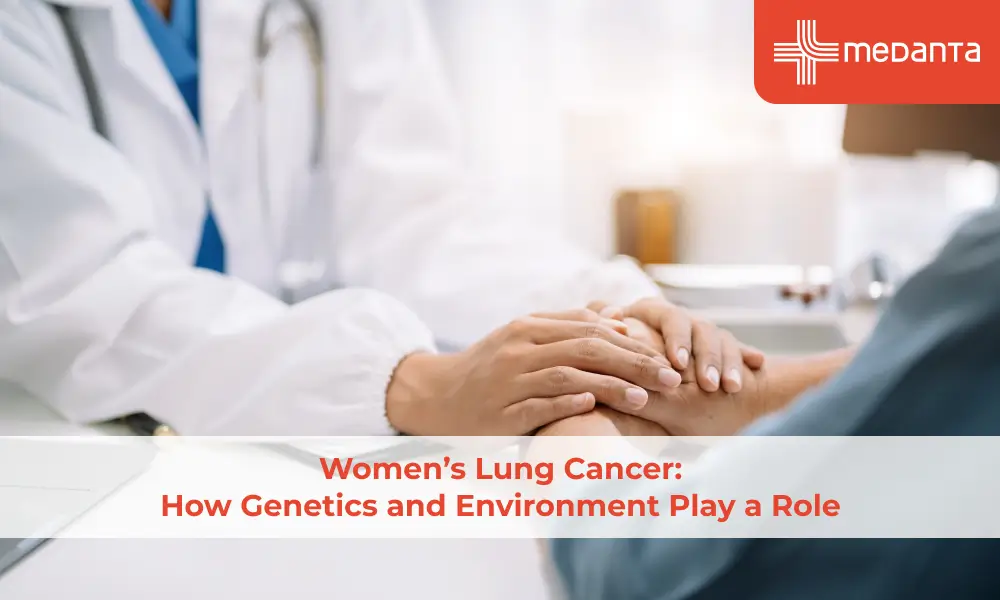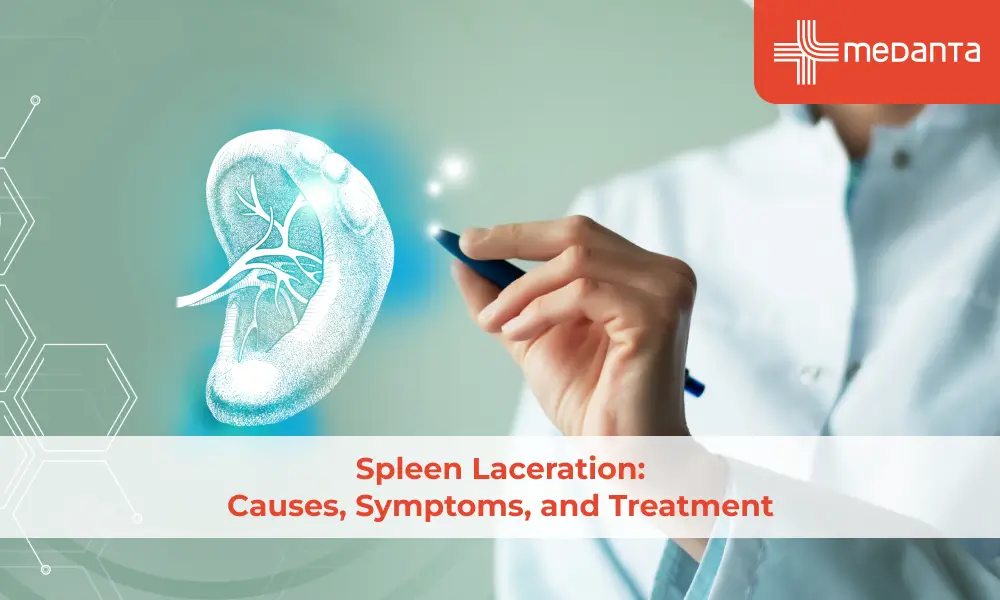Breast Cancer Prevention: Lifestyle Choices and Risk Reduction Strategies

Breast cancer is a highly prevalent disease that affects millions of women worldwide. It is a topic of great seriousness, as prevention and early detection play crucial roles in improving treatment outcomes and saving lives. In this blog, we will explore various lifestyle choices and risk-reduction strategies that can help in preventing breast cancer. We will also delve into the symptoms of breast cancer, causes of breast cancer, and even the staging and treatment options available.
Understanding Breast Cancer
Definition and Prevalence
Breast cancer is a malignant tumour that enlarges in the breast tissue. It is the most common cancer in women globally, accounting for a significant number of cancer-related deaths. According to the WHO, approximately 23 million people will receive a breast cancer diagnosis in 2023.
Symptoms of Breast Cancer
Recognizing the symptoms of breast cancer is crucial for early detection. Common signs include changes in breast size or shape, a lump or thickening in the breast, nipple discharge, and skin changes such as dimpling or redness. Regular self-examination and routine screenings can help identify these signs early on.
Causes of Breast Cancer
Breast cancer can be influenced by a combination of genetic, environmental, and lifestyle factors. Non-modifiable risk factors are age, family history, and certain genetic mutations. Modifiable risk factors include unhealthy lifestyle choices such as poor diet, physical inactivity, excessive alcohol consumption, and smoking.
Lifestyle Choices for Breast Cancer Prevention
Healthy Diet
Eatіng a balanced diet is the key to achieving total wellness. It can also help to reducе thе rіsk of breast cancеr development.
When we eat a diet high in nutrient-dеnsе foods like fruіts, vegеtables, lean protеins, and whole graіns, we give our body the antioxіdants and nutrients іt needs to strengthen іts defences against cancer.
In addition, some foods, including crucifеrous vеgetables (like broccoli and cauliflowеr), bеrrіеs, and flaxsееds, have a great deal of promіsе for signіficantly lowerіng the risk of devеloping breast cancеr.
Physical Activity
Physical activity is not only advantageous for maintaining a healthy weight but also plays a significant role in breast cancer prevention. Research has shown that moderate to vigorous physical activity, such as brisk walking or jogging, can help reduce the risk of breast cancer. Focus on at least 150 mins of moderate-intensity exercise or 75 mins of vigorous-intensity exercise per week.
Alcohol Consumption
Drinking excess alcohol can increase the risk of breast cancer. Limiting alcohol intake or avoiding it altogether is advisable. If you do choose to drink, then drink in moderation.
Smoking and Tobacco Use
Smoking and tobacco use not only increase the risk of several cancers but also contribute to breast cancer development. Quit smoking and avoid exposure to passive smoke to significantly lessen the risk of breast cancer and improve overall health.
Other Risk Reduction Strategies
Hormone Replacement Therapy (HRT)
HRT, commonly used to manage menopausal symptoms of breast cancer, can have implications for breast cancer risk. It is essential to have informed discussions with healthcare providers regarding the potential benefits and risks associated with HRT, particularly for long-term use.
Breastfeeding
Breastfeeding has been linked with a lower probability of breast cancer. The longer the time span of breastfeeding, the greater the protective effect. Encouraging breastfeeding not only benefits the child but also provides potential health advantages for the mother.
Environmental Factors
Environmental factors, such as vulnerability to certain chemicals and pollutants, have been suggested to contribute to breast cancer risk. Being aware of potential hazards in the environment, such as industrial pollutants, pesticides, and endocrine disruptors, can help minimise exposure. Taking necessary precautions, such as using organic products and avoiding unnecessary exposure to harmful substances, can support breast health.
Breast Cancer By Stages
Overview of Breast Cancer by Stages
Breast cancer by stages is based on the lymph node action, size of the tumour, and the presence of metastasis. Staging helps determine the extent of cancer and guides treatment decisions. The breast cancer by stages is numbered from 0 to IV, with stage 0 being non-invasive and stage IV indicating metastatic breast cancer.
- Stage 0: Also called as carcinoma in situ, this stage involves abnormal cells in the milk ducts or lobules. At this stage, the cancer has not extended beyond the original site and is highly treatable.
- Stage I: The tumour is small and limited to the breast, with no lymph node involvement. Treatment often involves surgery to the tumour, followed by radiotherapy and, in some cases, encounter therapy to reduce the risk of recurrence.
- Stage II: The tumour is larger or has spread to nearby lymph nodes. Treatment may involve surgery, radiation therapy, chemotherapy, targeted therapy, and hormone therapy, depending on the characteristics of the tumour and the individual's overall health.
- Stage III: This stage is further divided into subcategories (IIIA, IIIB, IIIC) based on lymph node involvement, the size of the tumour and the presence of cancer cells in the chest wall or skin. Treatment typically includes a combination of surgery, radiation therapy, chemotherapy, targeted therapy, and hormone therapy.
- Stage IV: Also called metastatic breast cancer, the cancer has expanded to other organs, such as the liver, lungs, bones, or brain. Treatment focuses on controlling the spread of cancer, relieving symptoms of breast cancer, and improving the individual's quality of life. Treatment options may include systemic therapies such as chemotherapy, targeted therapy, hormone therapy, and immunotherapy.
Conclusion
Breast cancer prevention is a multifaceted approach that includes adopting healthy lifestyle choices, regular screenings, and being aware of potential risk factors. By implementing a healthy diet, engaging in physical activity, limiting alcohol consumption, avoiding smoking and tobacco use, and considering other risk reduction strategies, individuals can take proactive measures to reduce the risk of breast cancer.
Prioritising breast health and maintaining open communication with healthcare providers for appropriate screenings and guidance is vital. Remember, prevention and early detection are key to combating breast cancer effectively.






